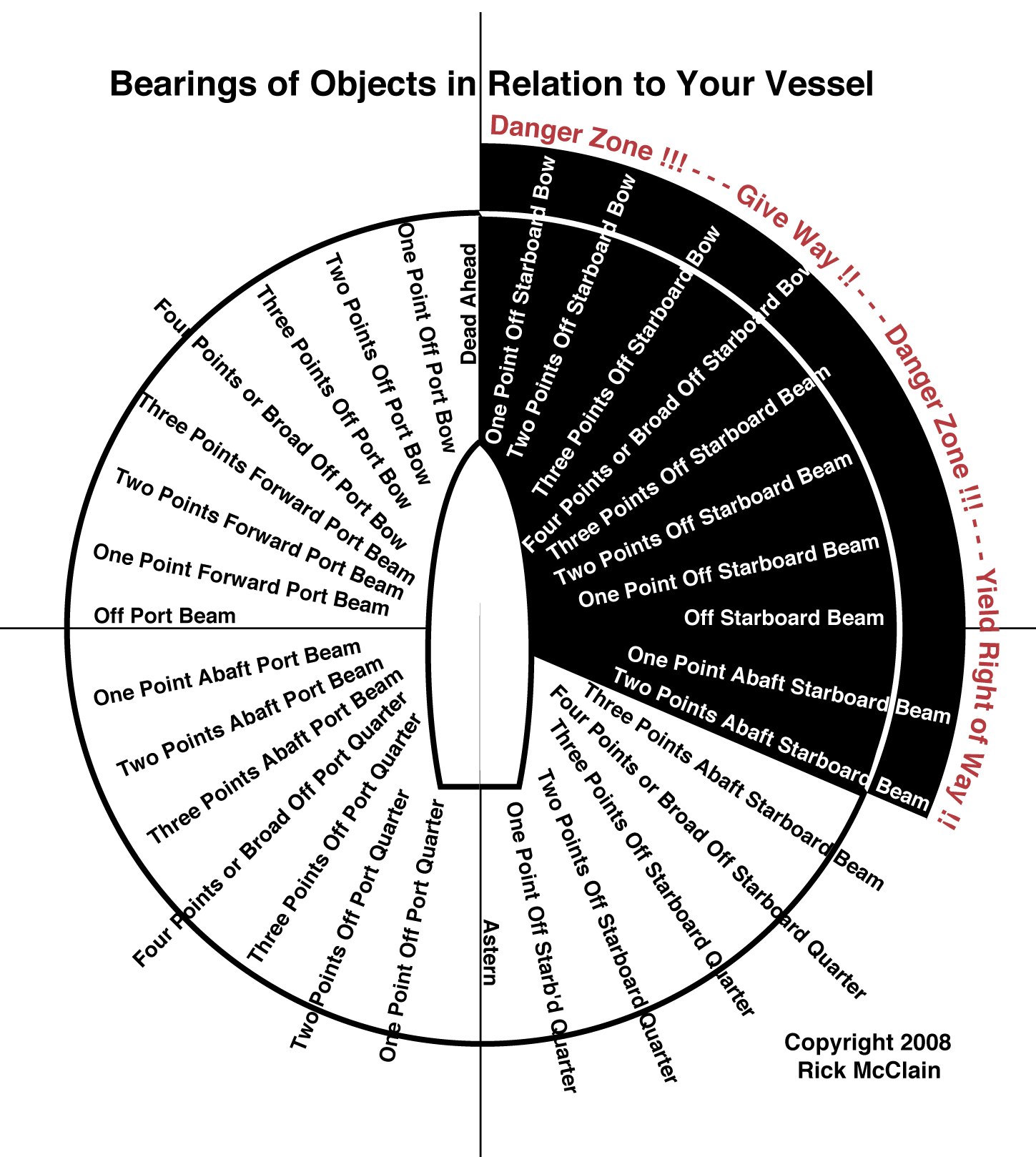
The Administrative Agent confirms that as of the Closing Date the existing managers of the Borrowing Base Assets shown on Part III of Schedule 4.01(p) hereto are satisfactory to the Administrative Agent. The Vessel means the vessel named in Box 5 and with particulars as stated in Boxes 6 to 12.Īpproved Manager means with respect to any Borrowing Base Asset (i) Hersha Hospitality Management, L.P., a Pennsylvania partnership, (ii) any other Affiliate of the Parent Guarantor, or (iii) a nationally recognized hotel manager (a) with (or controlled by a Person or Persons with) at least ten years of experience in the hotel management industry and (b) that is engaged pursuant to a written management agreement or similar agreement in form and substance reasonably satisfactory to the Administrative Agent.
#NAVAL VESSEL MEANING FULL#
Vessels means the shipping vessels owned by and registered (or to be owned by and registered) in the name of the Company or any of its Subsidiaries or operated by the Company or any of its Subsidiaries pursuant to a lease or other operating agreement constituting a capital lease obligation, in each case together with all related equipment and any additions or improvements.īareboat Charter means the contract for the lease or sub lease of a vessel for a stipulated period of time by virtue of which the charterer acquires full control and complete possession of the vessel, including the right to appoint the master and crew for the duration of the charter, but excluding the right to sell or mortgage the vessel ‘foreign vessel’ means a vessel that is owned by a person who:Ĭargo vessel means a self-propelled ship in commerce, other than a tank vessel or a passenger vessel, three hundred or more gross tons, including but not limited to, commercial fish processing vessels and freighters. International shipment means the transportation of hazardous waste into or out of the jurisdiction of the United States. Public vessel ’ means a vessel owned or bareboat chartered and operated by the United States, by a State or political subdivision thereof, or by a foreign nation, except when such vessel is engaged in commerce Tank vessel means a ship that is constructed or adapted to carry, or that carries, oil in bulk as cargo or cargo residue, and that: Passenger ship means a ship which carries more than 12 passengers Vessel means the vessel/craft belonging to the Contractor for carrying out the work.Ĭommercial vessel means any vessel not owned and operated by the United States military or the United States Coast Guard.Įxisting ship means a ship which is not a new ship.įoreign flag vessel means any vessel that is not a U.S.-flag vessel.
#NAVAL VESSEL MEANING LICENSE#
Ship means a vessel of any type whatsoever operating in the marine environment and includes hydrofoil boats, air-cushion vehicles, submersibles, floating craft and fixed or floating platforms.Ĭargo ship means any ship which is not a passenger ship Ĭoastal vessel means any vessel exclusively employed in trading between any port or place in India to any other port or place in India having a valid coastal license issued by the competent authority. U.S.-flag vessel means a vessel of the United States or belonging to the United States, including any vessel registered or having national status under the laws of the United States. After all, this was the side that faced the port, allowing supplies to be ported aboard by porters.Relevant Ship means the Ships and any other vessel from time to time (whether before or after the date of this Agreement) owned, managed or crewed by, or chartered to, any Relevant Party This side became known as larboard, or "the loading side." Over time, larboard-too easily confused with starboard-was replaced with port. Sailors began calling the right side the steering side, which soon became "starboard" by combining two Old English words: stéor (meaning "steer") and bord (meaning "the side of a boat").Īs the size of boats grew, so did the steering oar, making it much easier to tie a boat up to a dock on the side opposite the oar.

Most sailors were right handed, so the steering oar was placed over or through the right side of the stern. In the early days of boating, before ships had rudders on their centerlines, boats were controlled using a steering oar. When looking forward, toward the bow of a ship, port and starboard refer to the left and right sides, respectively.

Since port and starboard never change, they are unambiguous references that are independent of a mariner’s orientation, and, thus, mariners use these nautical terms instead of left and right to avoid confusion.


 0 kommentar(er)
0 kommentar(er)
